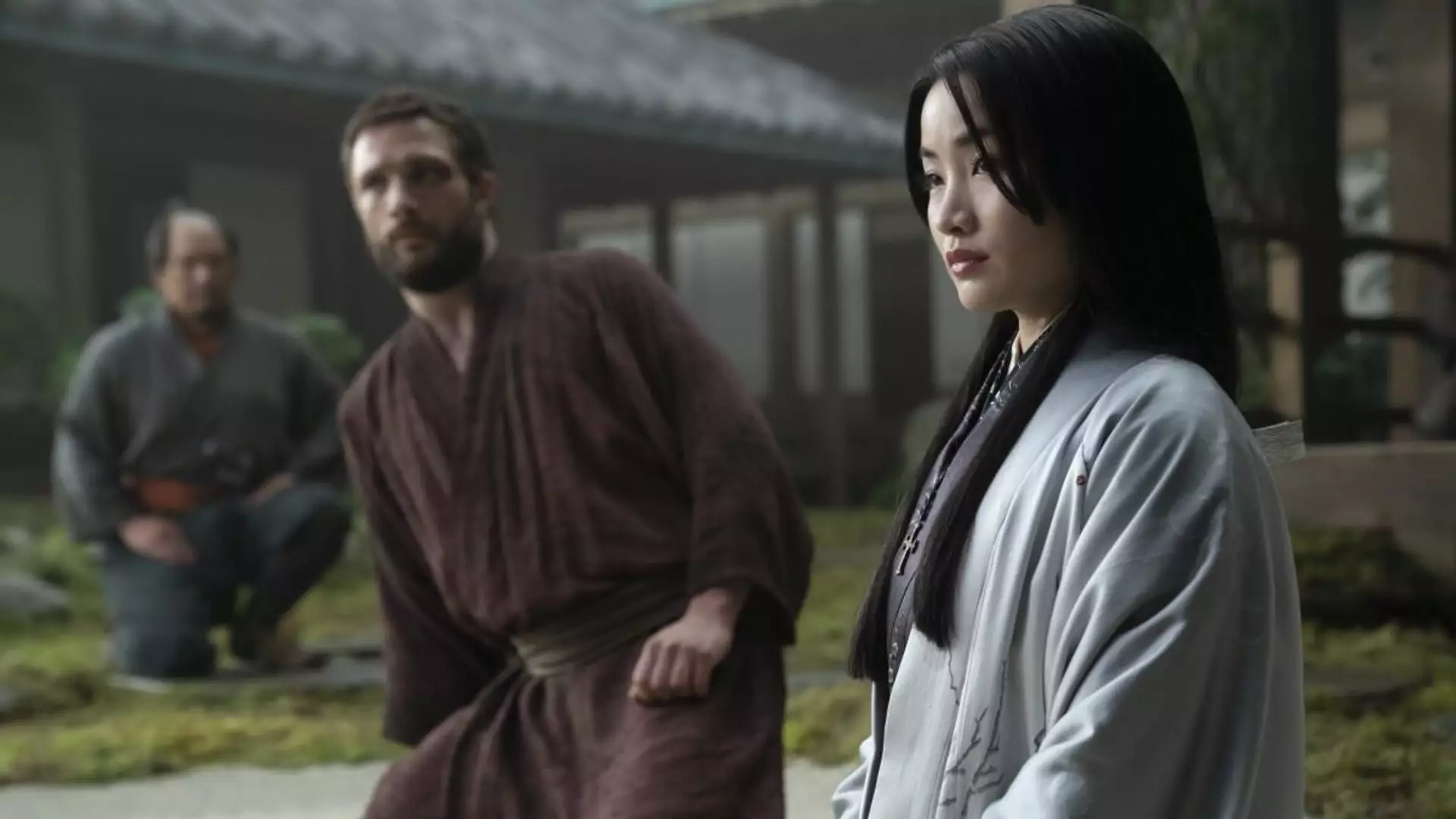As the media landscape evolves, the future of traditional television remains a hotbed of discussion, particularly for giants like Disney. Recently, Disney’s Chief Financial Officer, Hugh Johnston, divulged insights into the company’s strategic thinking regarding its TV networks division. Despite initially exploring the possibility of breaking away from its cable networks, it appears that the current complications outweigh the potential benefits of such a separation. This article aims to dissect the intricate considerations at play in Disney’s operations and the broader implications for the media industry.
In Johnston’s recent appearance on CNBC’s “Squawk Box,” he articulated the challenges associated with disentangling Disney’s TV networks from its extensive portfolio. His frank admission—that the “cost is probably more than the benefit”—highlights an uncomfortable reality faced by media executives. As television’s traditional model continues to splinter, the operational complexity of separation can prove daunting. The potential loss of synergy between traditional channels and emerging platforms could have detrimental effects on both revenue and branding.
This is not an isolated concern. The broader industry has seen similar reflections from other leaders, such as Lachlan Murdoch of Fox Corp, who also grappled with the intricacies of managing media assets. The growing consensus appears to lean toward a cautious approach rather than drastic restructuring. Many companies are wary of disrupting established profit streams, even in the face of declining subscriber bases.
Subscriber Declines: A Growing Concern
The cable television sector is undeniably under pressure. In just six months, the industry reportedly lost approximately 4 million traditional pay TV subscribers, as noted by analysts MoffettNathanson. Disney has not been insulated from this trend either—its latest reports indicate a 6% drop in revenue from traditional TV networks, along with a staggering 38% reduction in profit for that division. Such figures raise inevitable questions about the sustainability of long-established business models in an era defined by rapid technological advancements.
Despite these challenges, Disney’s commitment to its TV networks might suggest a strategic pivot rather than a retreat. Historically, the company has built its identity around powerful storytelling and rich content generation, a legacy that its traditional networks have significantly contributed to. The inevitable integration of these networks with the burgeoning streaming services indicates that Disney perceives a future where multiple platforms operate cohesively rather than in isolation.
Amidst these discussions, the voice of activist investor Nelson Peltz garnered notable attention. His criticisms, particularly focused on Disney’s acquisition of Fox’s assets, underline the ongoing tension between growth strategies and shareholder value. Peltz’s discontent with the dilution of shareholder interests calls into question the long-term vision of Disney’s leadership, particularly as CEO Bob Iger attempts to align the company’s portfolio with market demands.
Iger’s acknowledgment that traditional networks still play a pivotal role in the distribution of Disney’s content underscores a broader truth in the media ecosystem: while streaming is rapidly gaining traction, the backbone of compelling storytelling often resides in traditional formats. His recent highlights of significant accolades achieved by Disney-owned content serve as a case in point, emphasizing that quality programming remains a critical driver in maintaining viewer engagement across platforms.
Looking ahead, it seems that Disney, like many of its contemporaries, must navigate a complex labyrinth of operational efficiencies and evolving consumer preferences. Rather than hastily dismantling its existing TV networks, the emphasis appears to be on leveraging these assets as part of a broader strategy towards maintaining relevance in a shifting landscape.
Ultimately, Disney’s approach underscores the importance of a balanced portfolio that accommodates both legacy systems and innovative formats. As the industry braves the storms of change, thoughtful and strategic integration of services—rather than piecemeal separations—may provide the most sustainable path to success. Embracing complexity might very well be the key to unlocking new opportunities and reaffirming Disney’s prowess in the storytelling realm.


Leave a Reply